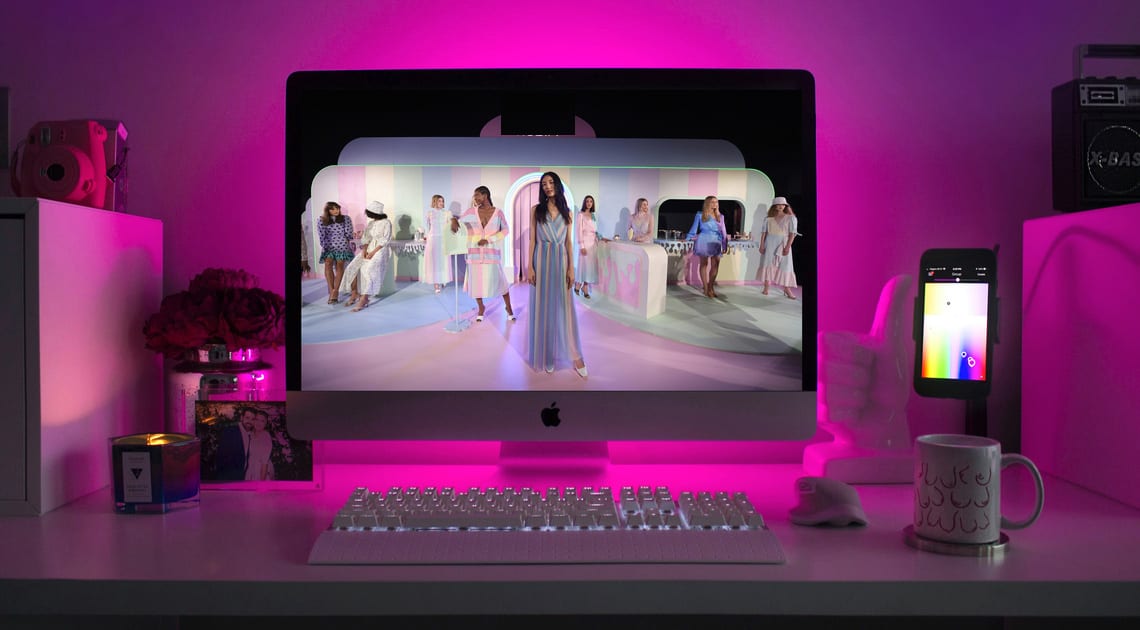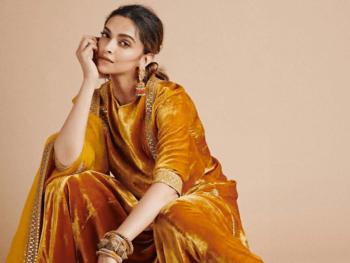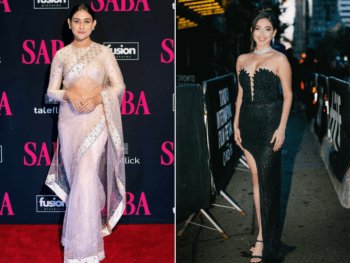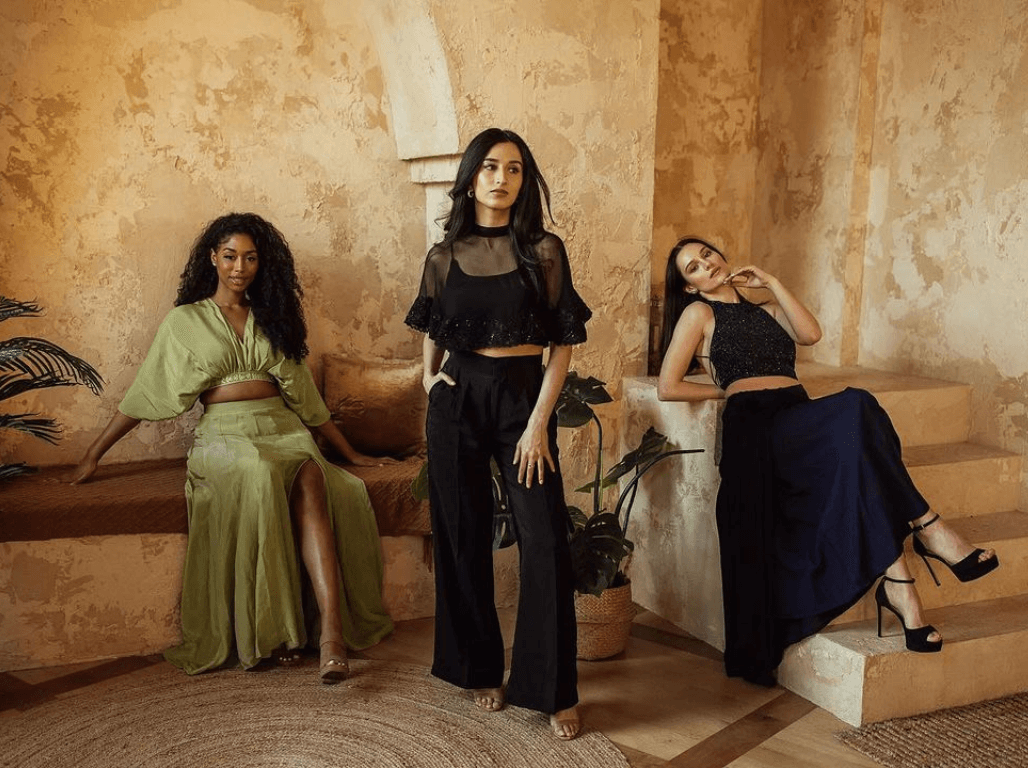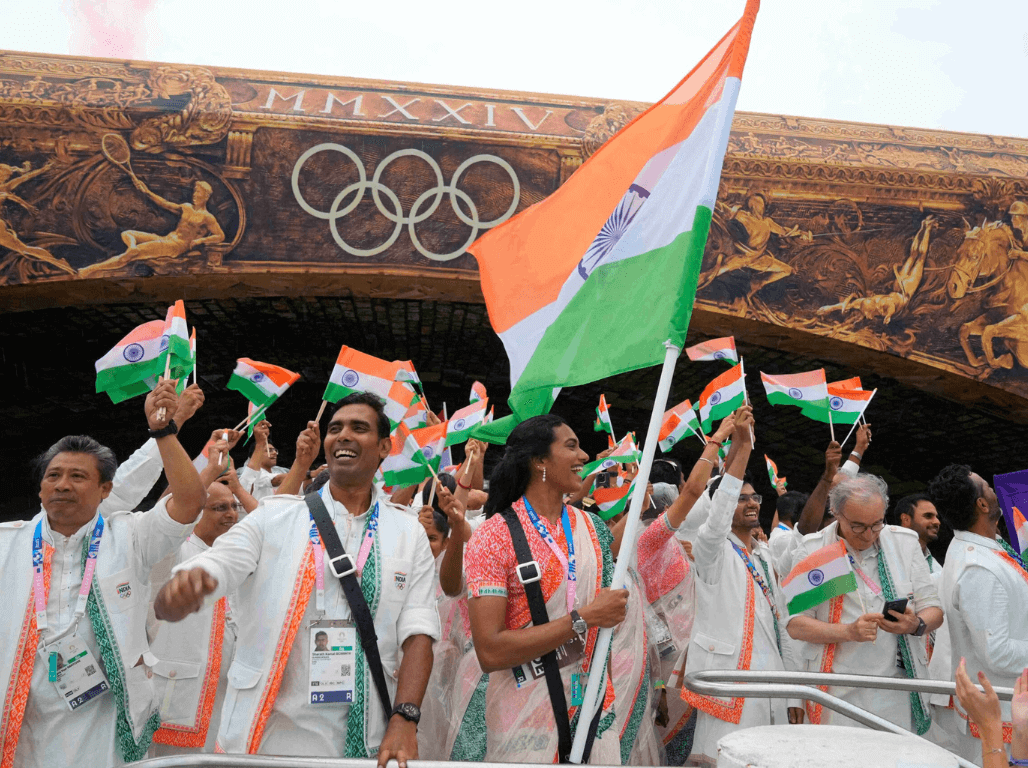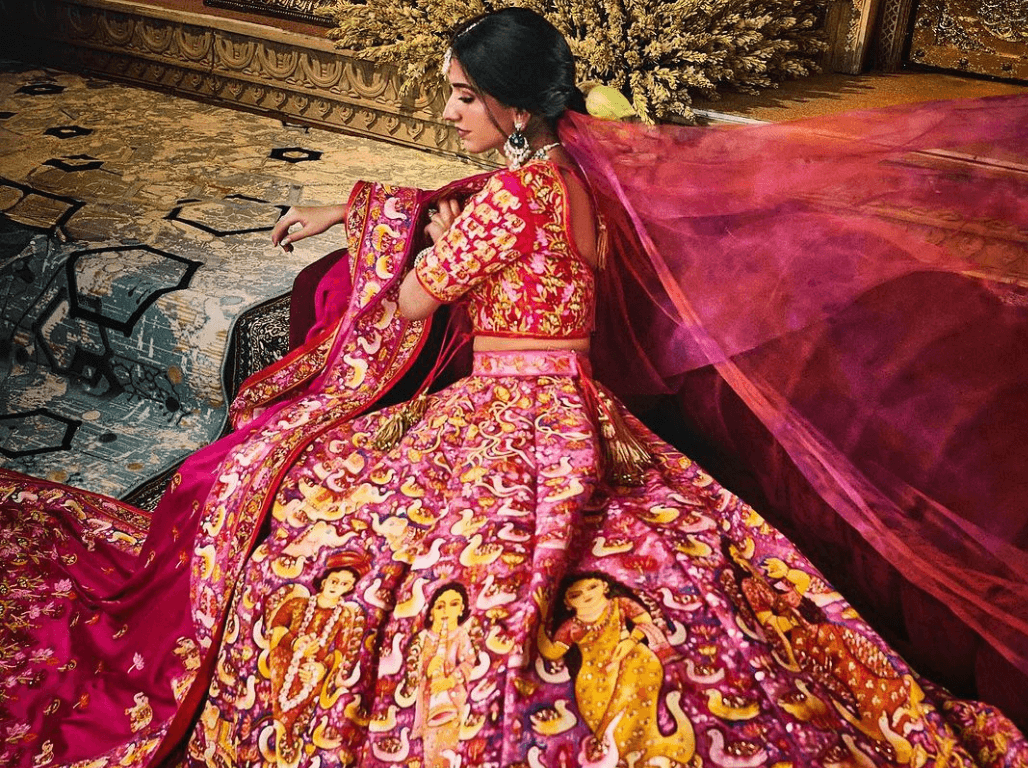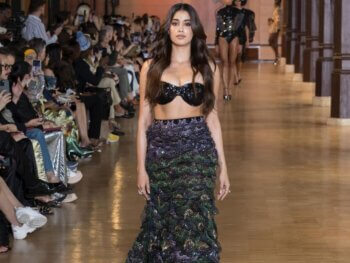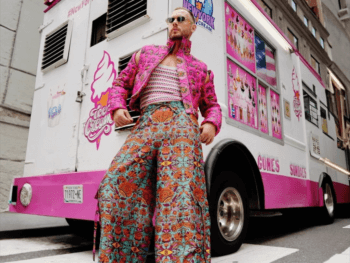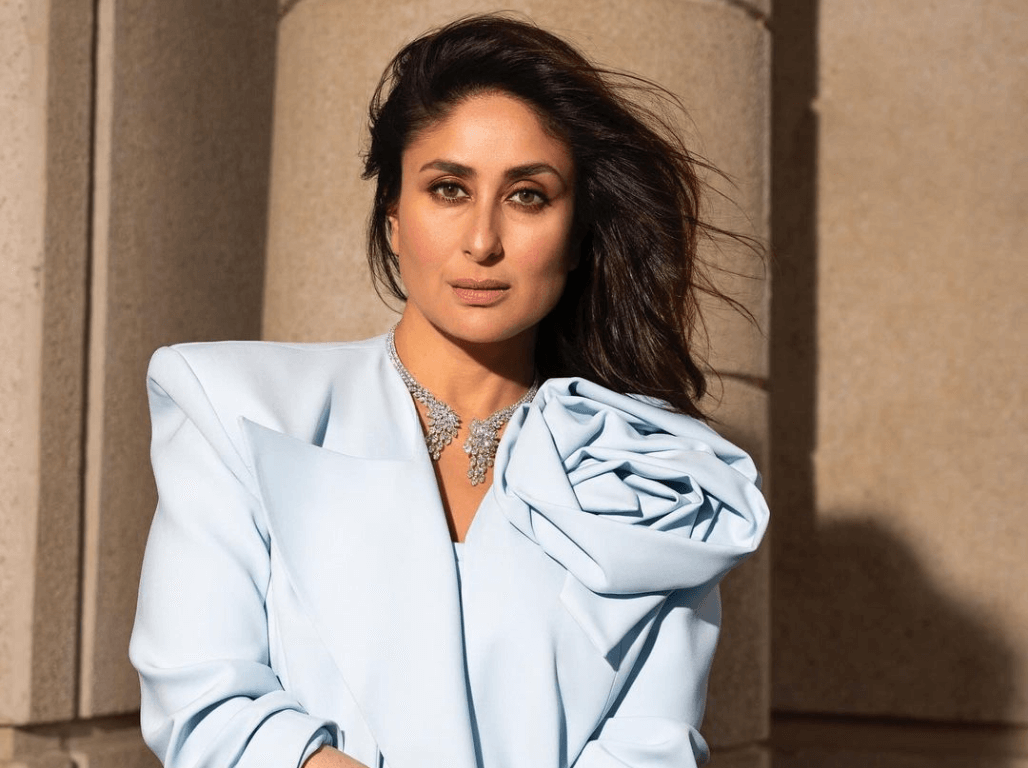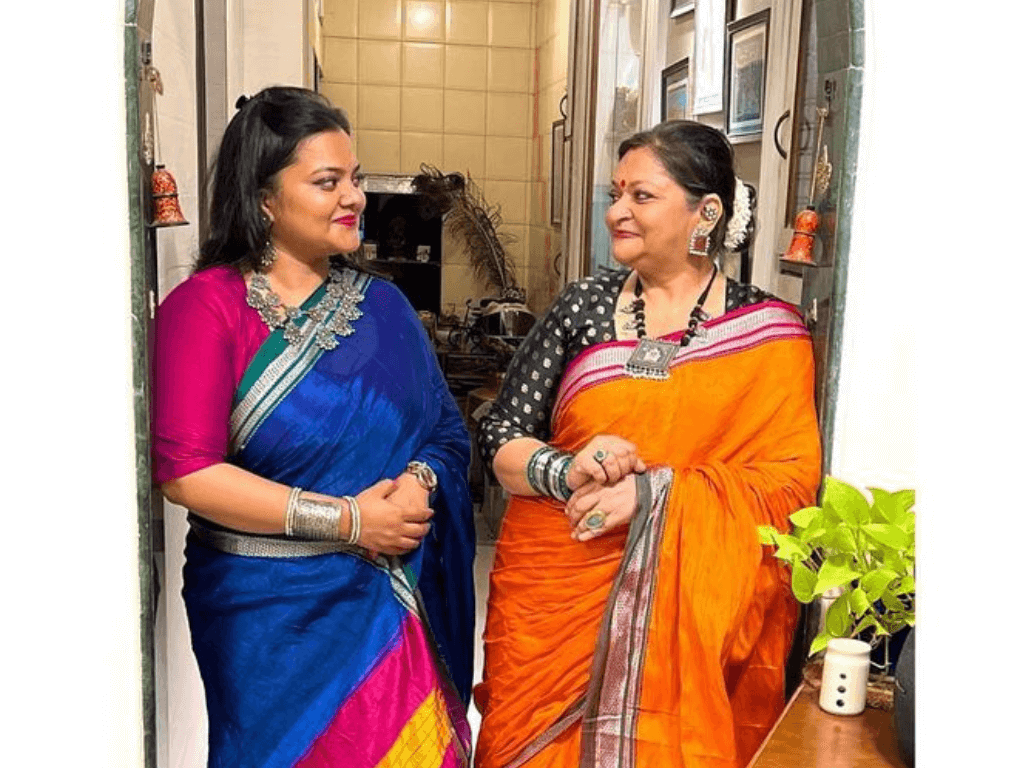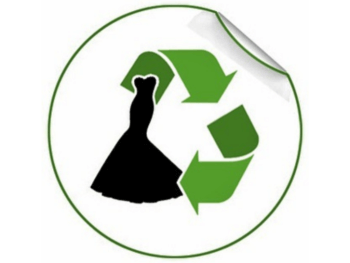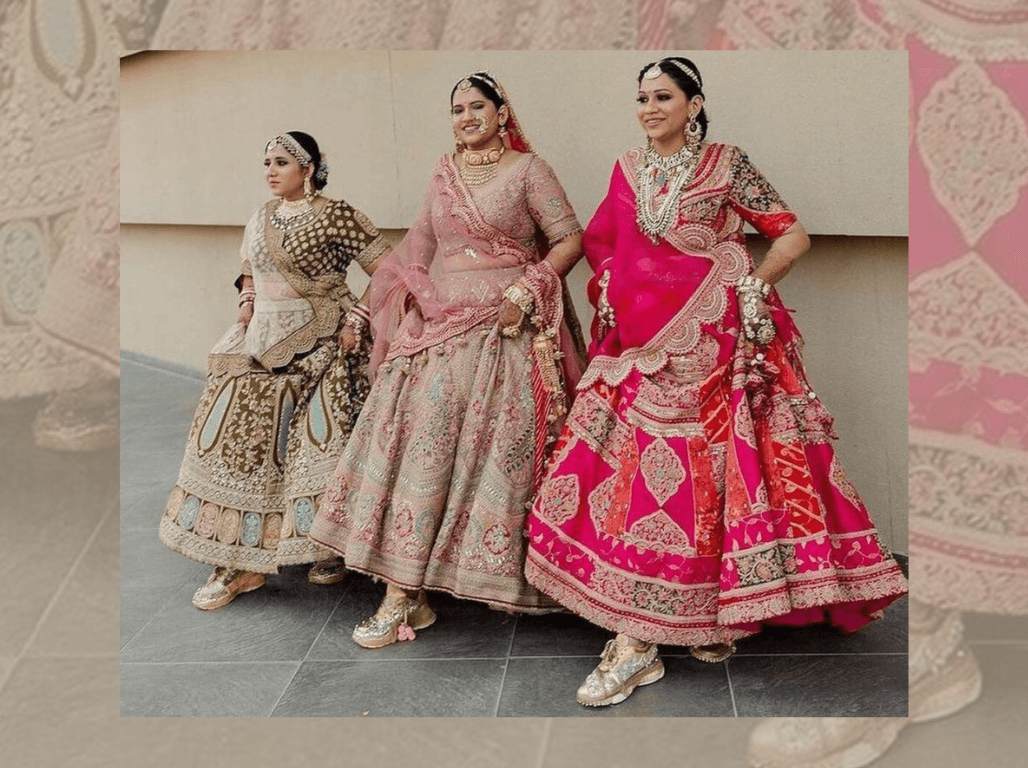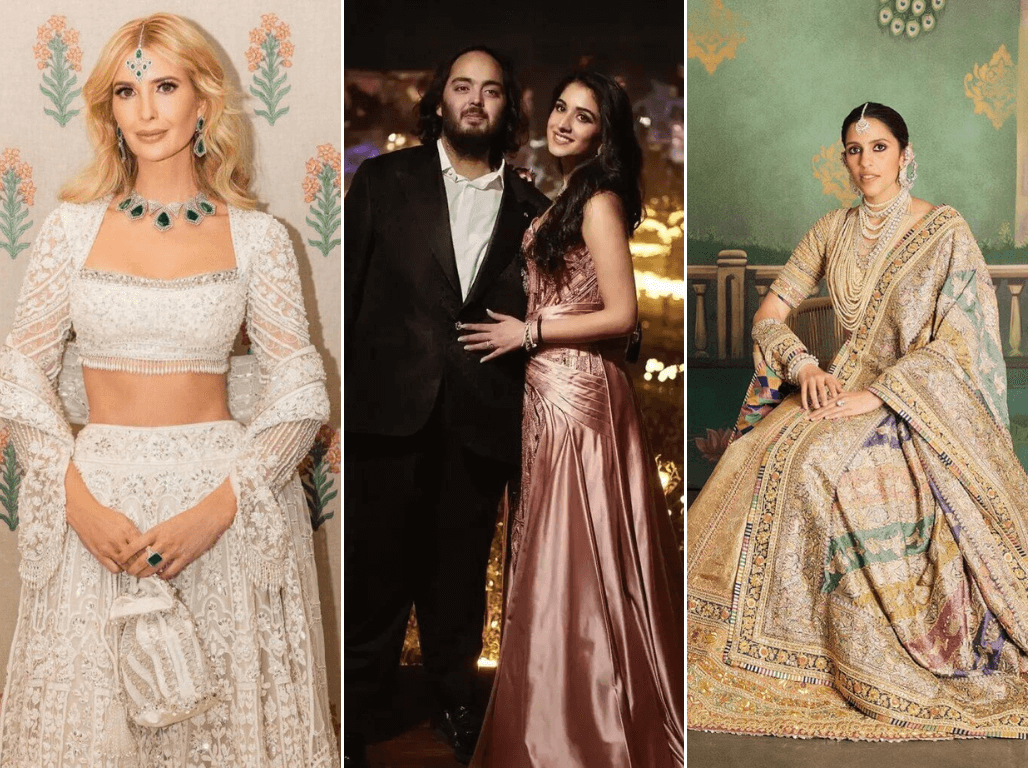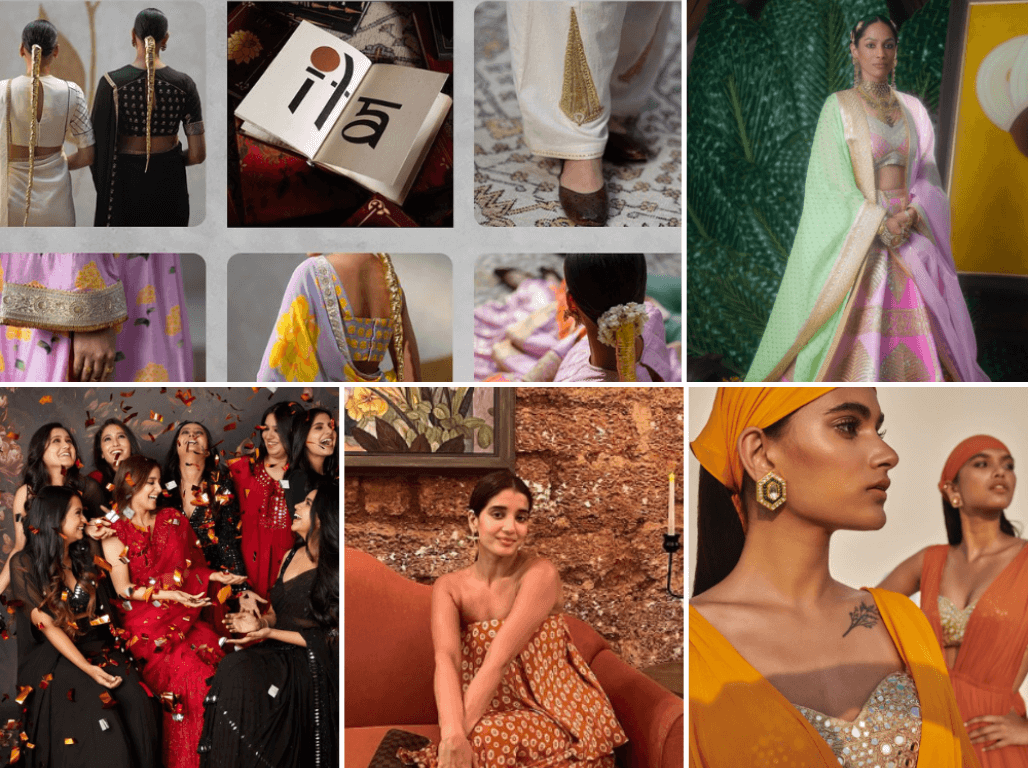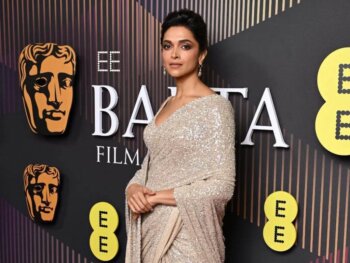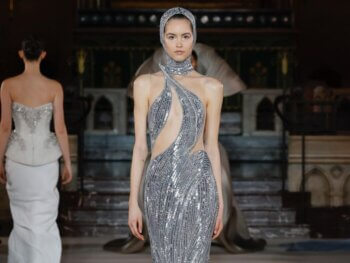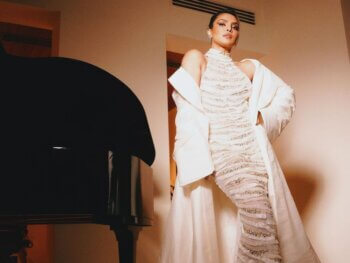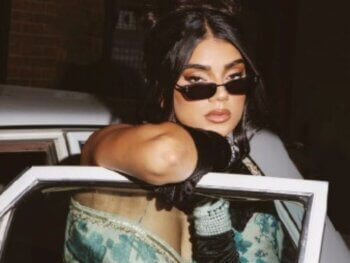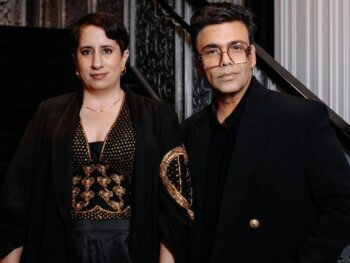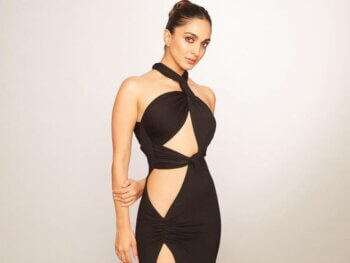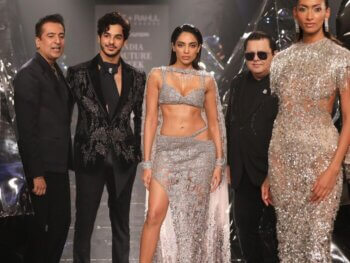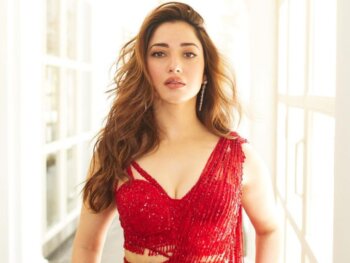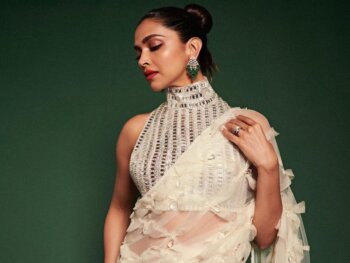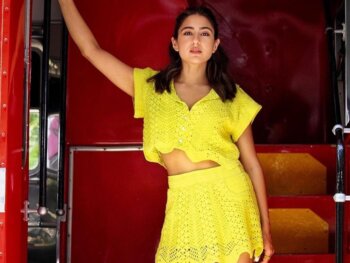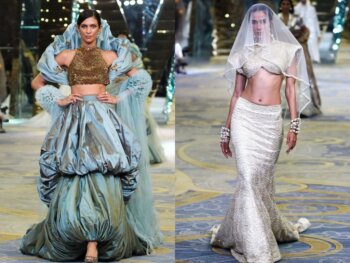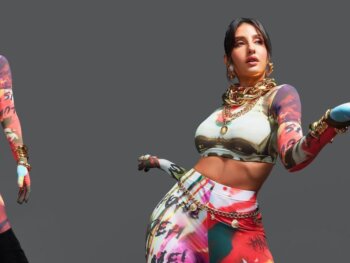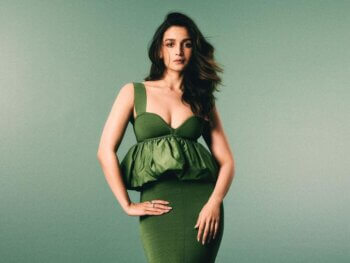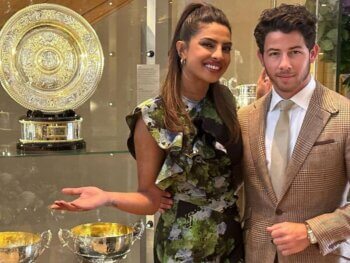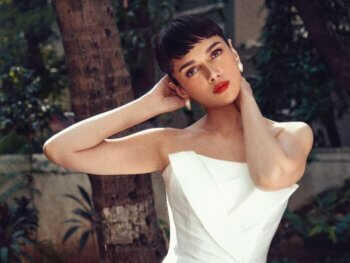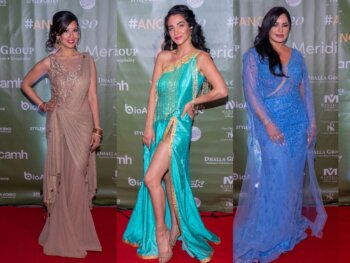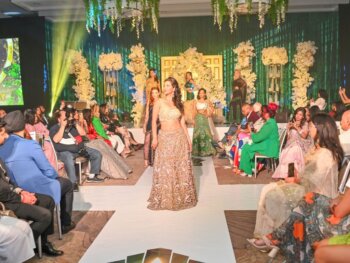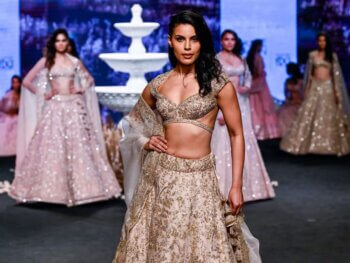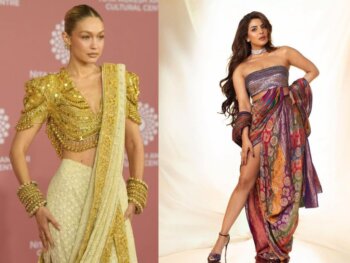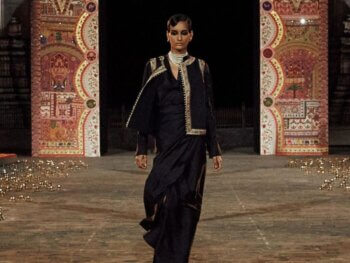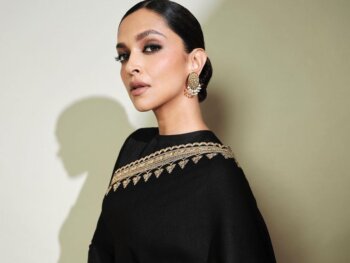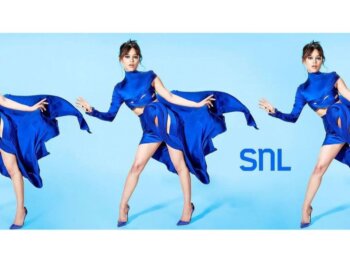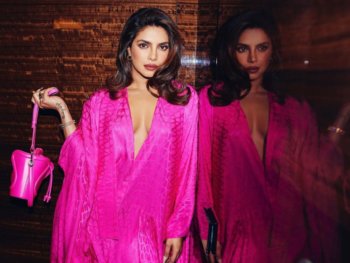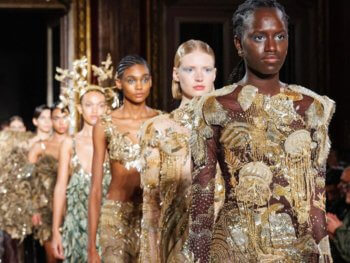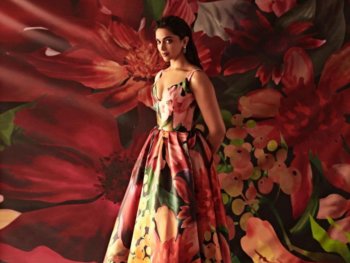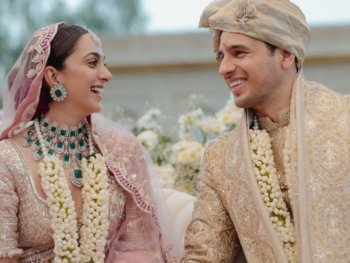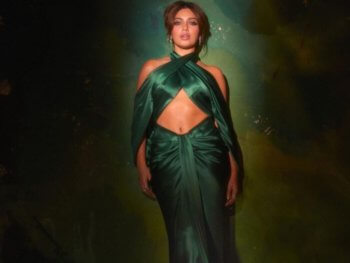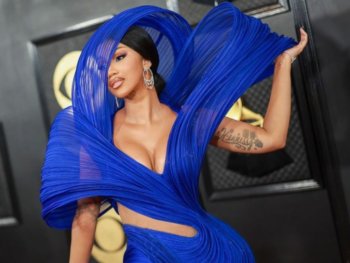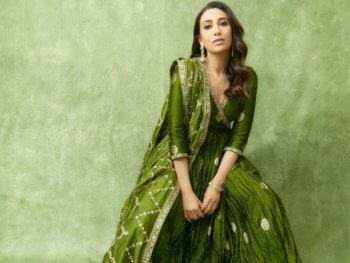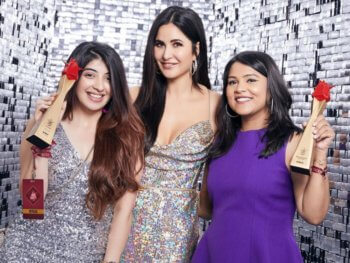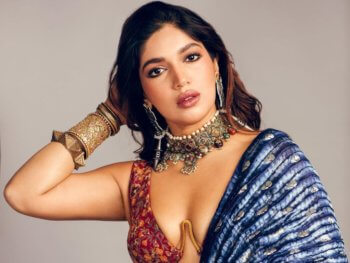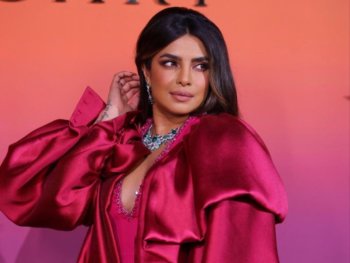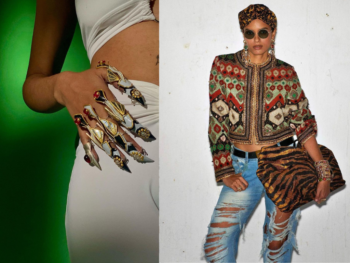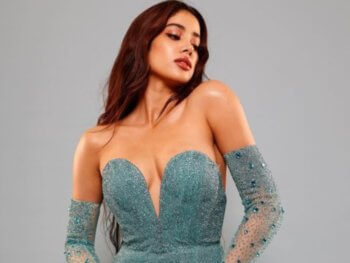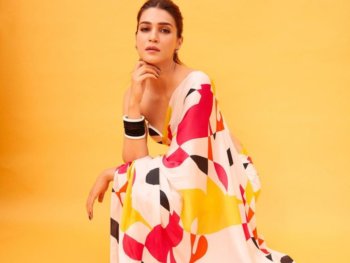With the pandemic affecting the trillion-dollar fashion industry, the designers across the world had only one choice — digital runway shows. This year some of the biggest fashion events have already gone online or live streamed their events on social media and it looks like this trend will continue into 2021.
Until this year, we had a fashion calendar that had events lined up for the entire year. But 2020 is no ordinary year with the Coronavirus pandemic hitting the world hard. Even though the fashion industry had a massive setback, it has been quick to respond to the pandemic with designer masks and gowns.
While several fashion brands had already chosen the digital route, it was COVID that escalated the transition process. According to a report on Harper’s Bazaar, “several big labels – including Saint Laurent and Gucci – have now announced more permanent intentions to leave behind the traditional seasonal calendar, which Gucci creative director Alessandro Michele branded “stale”.” Fashion shows cannot exist in 2020 thanks to borders being closed, social distancing, lockdowns, and safety measures implemented in different countries. But will we resume the fashion calendar once this nightmare is over?
While the answer is still unknown, 2020 has opened up an online-only world. Founder of Helsinki Fashion Week, a fashion platform that went digital even before the pandemic said in the same news report, “We have changed how we consume, so the need for fashion week has changed, too. Perhaps the purpose hasn’t, but the way we approach it has changed, so it’s only natural that fashion week’s format changes.”

Shanghai had a virtual fashion week, followed by London, Paris, and even Milano. Dior presented the 2020 Couture collection through a video storytelling format. The show was titled “Le Mythe Dior” that featured miniature versions of 37 latest creations by the house created by Matteo Garrone. According to the official show notes, creative director Maria Grazia Chiuri was inspired by “the journeys of five indomitable, magnificently inspiring figures of the Surrealist movement: Lee Miller, Dora Maar, Dorothea Tanning, Leonora Carrington and Jacqueline Lamba” for the collection.
Dolce and Gabbana which generally hosts an annual Alta Moda collection at an exotic Italian destination went virtual and based their collection on Italian summer. The same went with several other design housed such as Balmain, Alexis Mabille, Giambattista Valli, and Viktor & Rolf. Chanel’s Virginie Viard presented a rock-inspired line with heavy embellishments and ’80s-inspired party dresses. The inspiration is said to be inspired by the late Karl Lagerfeld — specifically, his 18th-century design phase.
One of the first shows that went online was the British Fashion Council which took the men’s fashion week digital had several British brands as part of the show.
Closer home, there was the first-ever digital edition of India Couture Week 2020, organized by the Fashion Design Council of India which was held in the last week of September. This show included the biggest names of the country such as Amit Aggarwal, Anju Modi, Dolly J, Falguni Shane Peacock, Gaurav Gupta, JJ Valaya, Kunal Rawal, Manish Malhotra, Rahul Mishra, Reynu Taandon, Shantanu and Nikhil and Suneet Varma.
https://www.instagram.com/p/CFjSs_jHp_k/
Later, Lakmé Fashion Week (LFW) announced that the fashion showcase is going digital and season fluid for its 2020 edition this October. The virtual event will be live from October 21 to 25 on a high-tech virtual platform specially created for LFW. According to a report in The Indian Express, “With the first-ever digital edition, Lakmé Fashion Week will be reinvented to continue to enable the business of fashion, create new experiences for audiences and put the spotlight back on the future of fashion,” Ashwath Swaminathan, Head of Innovations at Lakmé said in a statement.
Tarun Tahiliani, one of the most celebrated designers of the country also recently had a show that went live on Instagram. The designer who just completed 25 years in fashion had a show to reflect this accomplishment. He presented Infinite, that touched upon the topics ‘My Identity, My Pride’. According to a report in The Hindu, the designer unveiled his bridal collection “Pieces of You” through an Insta live event in July. “This is the only way to present during the pandemic. The digital streaming of a fashion showcase makes it possible to engage viewers with a better focus on minute detailing on the garments,” said Tahiliani.
https://www.instagram.com/p/CErEi50AN1H/
Similarly, designer Amit Aggarwal finds the digital space new and exciting. For an interview with Times Of India, he said, “Digital is definitely a new space. It was smoother and easier than the runway, for sure. The Finale, earlier this year, was the largest scale show that I have ever done. Honestly, managing 60 models backstage is chaotic. On show day, everything is frenzied. The positive of a digital show is that the pace is relaxed. One is able to work and select each piece carefully and you can pay special attention to each garment. Everything is detailed and elaborate. The negative is that you miss the amazing energy that you get out of doing a runway show. The biggest jitter of a physical show is that you hope no one trips!”
The digital shows continue to 2021 — with Giorgio Armani and Virgil Abloh slating their respective shows in January.
When fashion shows go digital, the one thing we cannot expect is the glitz, charm, and glamour of a live show. But the one thing we are most excited about is the fact that everyone who tunes into a fashion show gets to watch it from a front-seat view without clamouring for invites.
There is a lot of work that goes into a digital fashion week from a brand’s messaging, values to what they stand for. I tis easier to connect witha consumer to show him the craftsmanship that goes into every design, the process behind every garment, and there is no special VIP access or sneak peaks with a digital launch of a colleciton. According to a report on Launch Metrics, Pascal Morand, the Executive President of Fédération de la Haute Couture et de la Mode said, “The whole point is to have a dialogue through the imagination of the designers and brands on one side, and the clients on the other side.” The same report also stated that with a digital show, a brand can cater to several markets, can cast a wider net, without having to exhaust more resources. The same report stated that, “This also allows for an unlimited number of key markets to be reached at the same time, without having to be selective in terms of who to invite to shows, or who to send new season samples to.”
While digital is great, sustainable, and effective, it comes with its own set of drawbacks too. The magic of a fashion show lies in being able to feel and experience the magic of a fashion show, designs, and clothes. Shows are a perfect spot to connect and allows designers to present his labour of love that gets an immediate reaction which can never be achieved online. A physical show evokes emotions and is a form of storytelling that has to be tweaked for the digital platform.
Featured Image courtesy: www.graziame.com
Mrinalini Sundar
Author
Mrinalini Sundar (new_girl_in_to) has worked with various Indian national, international publications including Times Of India and is currently based out of Toronto. She's constantly in search of high adventure, exotic food, and new experiences. She is the happiest amidst mountains, with no wi-fi.


















































